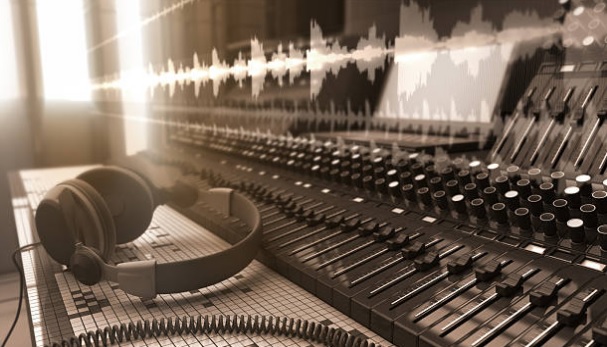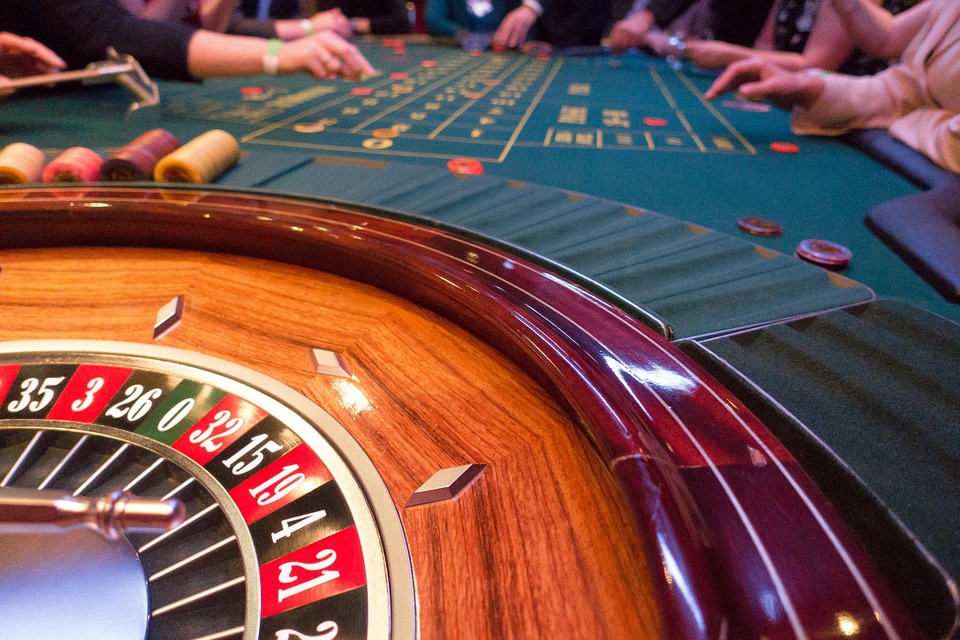 A recording studio is a specialized facility for sound recording, mixing and audio production of instrumental or vocal musical performances, spoken words and other sounds. … The engineers and producers listen to the live music and the recorded “tracks” on high-quality monitor speakers and/or headphones. Seems like something you can do so in a home studio right… Then how do professional recording studios obtain those high quality audios?
A recording studio is a specialized facility for sound recording, mixing and audio production of instrumental or vocal musical performances, spoken words and other sounds. … The engineers and producers listen to the live music and the recorded “tracks” on high-quality monitor speakers and/or headphones. Seems like something you can do so in a home studio right… Then how do professional recording studios obtain those high quality audios?
There are many things strategically incorporated into a professional studio design in order to achieve the best sound quality. If you are planning on recording and want to know some the ins and outs of how recording studios work… Then keep on reading.
Live Room – The “live room” of the studio is where vocalists sing and instrumentalists play their instruments. Their singing and playing is picked up by microphones and, for electric and electronic instruments, by connecting the instruments’ outputs or DI unit outputs to the mixing board (or by miking the speaker cabinets for bass and electric guitar).
Control Room – What most studios have in common is the control room, it’s where the console and most of the equipment is and it’s where the producer or engineer sometimes the same person sit and make adjustments and communicate with the artist. The console is used to route audio to various locations. It’s used to send audio to the recording interface and it’s also used to send the audio back into the head phones for the musicians to hear.
State of the art equipment – Studios also have tons outboard equipment, this can be mic preamps, equalizers, compressors, effect units, anything that could be used to adjust or change the sound as it is being recorded. Some studios even have a multitude of musical instruments available for artist use. Most modern recordings are done through a high tech computer system. The computer and specialized software is used by a professional sound engineer to make edits or to pick which takes the best ones to use.
Sound Proofing – A studio can have several separate rooms for the musicians to record in. These rooms are called isolation booths. This makes it easy to acoustically isolate each instrument from each other. For example if the pianos is in a separate room from the drums and if the piano makes a mistake, or you simply just want to get rid of the piano altogether, you can do so because the doors are closed. Soundproofing is key in such a situation. If any sounds can leak through the doors and windows, that means the sound of the piano can actually leak onto the sound of the drums, which makes it really hard to do edits in the future.
Lots of Glass – the main reason there is so much glass in a recording studio is to make sure all the musicians are connected visually even though they are separated acoustically. This helps different instrument players sync together by following visual ques.
Flooring – Every aspect of the recording will have some influence on the sound you create, even the flooring. Usually hardwood floors are used in a studio because they are quite easy to cover with carpet. That way you can have all options available. You can get a dead sound with heavy carpet, you can use just a little bit of carpet, or achieve a very open and reflective sound by leaving the hardwood floor bare.
As you can see, there’s a lot more that goes into building a professional studio than what meets the eye.
Time in the recording studio not only includes use of the specially designed facility and its equipment, but also its sound engineer and any other technicians that might be required.










